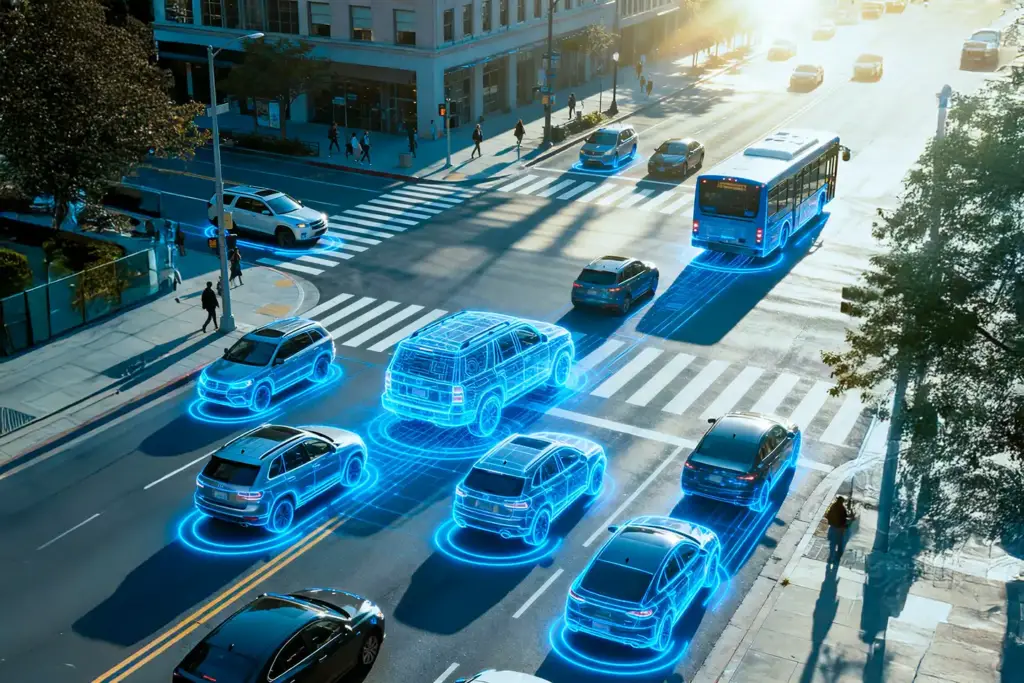For decades, industries have operated within well-defined silos, developing solutions tailored to their specific domains. While this focused approach has driven progress, it has also created invisible barriers that stifle holistic innovation and lead to fragmented user experiences. The rise of the Internet of Things (IoT) is fundamentally challenging this paradigm. By creating interconnected ecosystems where data flows freely across sectoral boundaries, IoT is enabling unprecedented cross-industry collaboration and unlocking value that no single sector could achieve alone.
The Limitations of Siloed Innovation
Traditional innovation models in sectors like healthcare, transport, and energy have been largely self-contained. A healthcare provider develops a patient monitoring tool, a city council optimises traffic light timings, and a utility company manages its power grid. While effective in isolation, these efforts often result in duplicated work, incompatible technologies, and missed opportunities for synergy. A patient’s health, for instance, is intrinsically linked to their environment, mobility, and nutrition — factors that fall outside the traditional scope of healthcare. Siloed systems cannot address these interconnected needs effectively.
Defining the Collaborative IoT Ecosystem
A collaborative IoT ecosystem is a dynamic network of connected devices, analytics platforms, and applications that span multiple industries. In this model, data is not just collected and used within one organisation but is securely shared among different partners to generate collective insights and create integrated services. This creates a powerful flywheel effect — the more data is shared, the more intelligent the ecosystem becomes, delivering enhanced value back to all participants and end-users.
Real-World Synergies in Action

The most compelling illustration of this concept is the modern smart city. Here, IoT sensors on public transport share real-time location data with traffic management systems to ease congestion, while energy grids use this information to anticipate demand fluctuations. Emergency services receive live data to find the fastest routes, and waste management is optimised based on sensor data from public bins. In another example, connected healthcare devices that monitor a chronic patient at home can communicate with smart home systems to adjust the ambient environment for comfort, or even trigger an automated grocery order based on a prescribed dietary plan.
Benefits of Breaking Down Industry Barriers
Cross-industry collaboration driven by IoT ecosystems delivers substantial benefits. It fosters the creation of holistic, user-centric experiences where services are seamlessly integrated around a person’s needs, not the provider’s operational boundaries. This opens the door to novel business models and new revenue streams, as companies from different sectors partner to offer unique, bundled services. Furthermore, the ability to share and analyse data on a larger scale drives significant gains in efficiency and sustainability — from optimised city-wide energy consumption to more resilient and responsive public health initiatives.
Navigating the Challenges of Collaboration
Building these integrated ecosystems is not without its challenges. Establishing common data standards and ensuring interoperability between disparate systems is a significant technical hurdle. Creating robust governance frameworks that define data ownership, usage rights, and revenue sharing is crucial for building trust between partners. Most importantly, security and privacy must be paramount. As ecosystems expand, they present a larger potential attack surface, demanding a security-by-design approach to protect sensitive data and maintain public confidence.
At Global Research, we see cross-industry collaboration through IoT not as a futuristic ideal but as a strategic imperative for modern innovation. By breaking down traditional silos, organisations can unlock new efficiencies, create superior customer experiences, and address complex societal challenges more effectively. We encourage business leaders to look beyond their own industries and explore partnerships that leverage shared data and connected technologies to build a more intelligent and integrated future.



